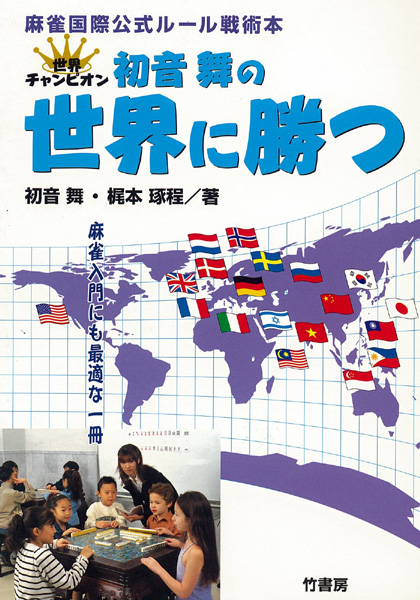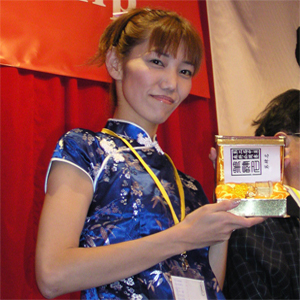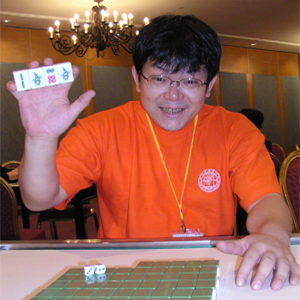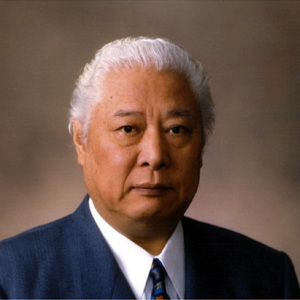World-Class Mahjong with World Champion Mai Hatsune
 |
A note on the English language version of “World-Class Mahjong with World Champion Mai Hatsune,” an international tournament rules strategy book by Mai Hatsune and Takunori Kajimoto. This book was first published in Japanese in June, 2005. Thanks to a translation of the text by Ryan Morris, planning and presenting by Kyoichiro Noguchi(Chief director oj Mahjong Museum), the concepts and strategies devised by these pro players have become accessible to the international mahjong community. When the authors wrote the original text, they assumed that readers would be familiar with the Japanese form of the game, and thus contained several references to that style as a form of comparison. In order to avoid complicating the text, and to make it more accessible to an international audience, such references have been removed or rewritten as deemed appropriate. |
|
 |
Mai Hatsune Takunori Kajimoto |
 |
is Chief director oj Mahjong Museum |
 |
Mahjong Museum, is the only in the World, completed the English translation version of "World-Class Mahjong with World Champion Mai Hatsune,". We will open it to the public free of charge on web for more of those who love playing Mahjong. It wishes for the Mahjong boom to roll and to happen all over the world because it sees this page. |
contents
Section 2:The Basic Combinations and Concepts of International Tournament Rules
Section 3:The Importance of Keeping your Hand Concealed Proper Timing for Melding
Section 4:Melding Early with Incomplete Hands
Section 5:Unique Combinations, Unique Strategies
Section 6:At the Table
| 6-01 | Time to throw in your hand |
| 6-02 | Reading a player’s hand |
| 6-03 | Need to pick your last tile to win? No problem! |
| 6-04 | Master the 64 and 88 point combinations |
| 6-05 | Engineering a come-from-behind win |
Section 7:Way to master of International Mahjong Rule
| FAQ | Frequently asked question of International Mahjong Rule |
| Discard Quiz 1 | Introductory Questions Discard Quiz for beginner |